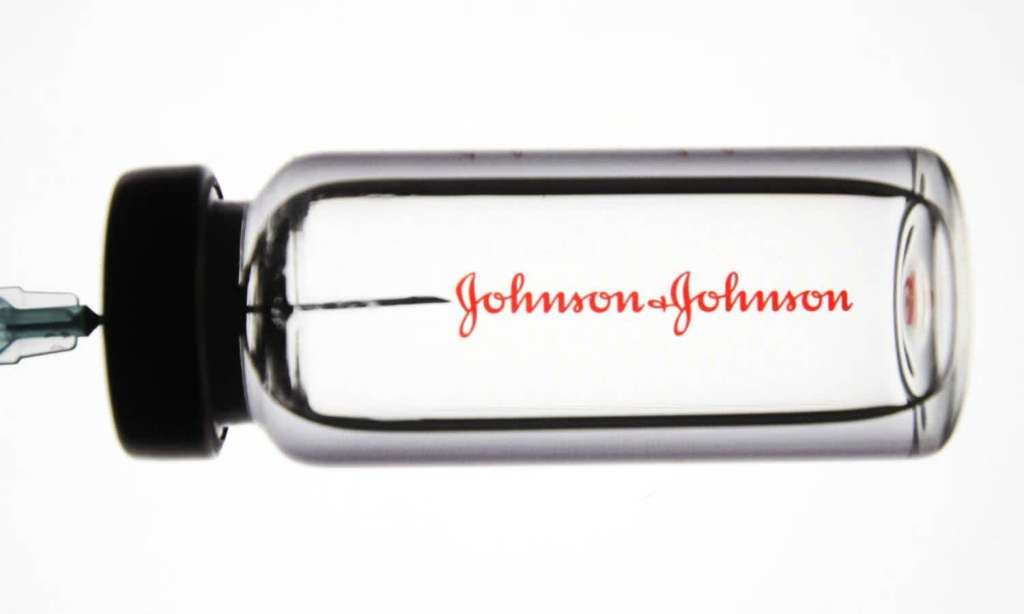Johnson & Johnson, a one-dose vaccine that’s been widely used throughout the US, has been rejected by Australia, with the Federal Government confirming it would not purchase any doses from the company.
Prior to this, the government had been in talks with the company about potentially acquiring its vaccine; the pharmaceutical giant had submitted an application to the Therapeutic Goods Administration for provisional registration — you know, the regulatory authority that regulates things like vaccines (for which it has a rigorous assessment and approval process; requiring strong scientific data and analysis).
As for why it’s been rejected? It all comes back to AstraZeneca.
Just like AstraZeneca, the Johnson & Johnson vaccine is an adenovirus vaccine — and the government is avoiding purchasing any more of these for the time because of the possible link between AstraZeneca and rare blood clots.
A spokesperson for Health Minister Greg Hunt said it’s because of those similarities that they’re not pursuing the Johnson & Johnson option any further.
The Johnson & Johnson vaccine has seen a small number of blood clotting cases in the US — a total of four, in comparison to the 6.5 million doses which have been administered so far. One was during a clinical trial, the other during the rollout, with one death.
The pharmaceutical company says “no clear causal relationship” has been established so far, between the vaccine and the cases of blood-clotting.
The opposition government has criticised this move — or lack thereof — with shadow health minister Mark Butler telling ABC News Breakfast: “We have been making the point now for some time Australia needs more vaccine options on the table.”
In addition to this, Butler said it was not good enough that the announcement of not purchasing Johnson & Johnson came through the minister’s spokesperson — “without any background explanation.”
According to The Guardian, the approval process is well advanced for Novavax — with 51 million doses being purchased — but according to Scott Morrison, we won’t see them until the fourth quarter of the year.
Read more stories from The Latch and subscribe to our email newsletter.







